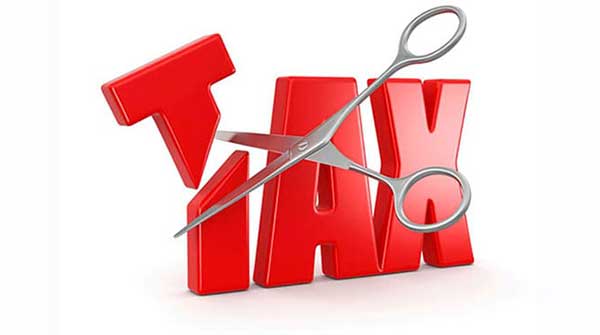Tax cuts could balloon Alberta’s deficit to $2.5 billion by 2025-26, underscoring the need for a more disciplined fiscal approach

For interview requests, click here
Alberta Premier Danielle Smith has indicated that implementing the United Conservative Party’s promised tax cut could lead to a budget deficit in 2025-26. This aligns with warnings issued last fall by Treasury Board and Finance officials, who noted that Alberta could face a deficit next year due to lower-than-forecast crude oil prices and rising spending pressures in key areas like health care, education, and infrastructure.
The prospect of a deficit highlights Alberta’s ongoing vulnerability to fluctuating crude oil prices. In September 2024, I estimated that with crude prices averaging US$70 per barrel, Alberta would run a $1.1 billion deficit in 2025-26. This projection did not account for the $1.4 billion tax cut Smith promised during the 2023 election campaign. If the full tax cut were implemented in Budget 2025, the deficit could balloon to $2.5 billion in 2025-26.
Despite the perception that Alberta’s fiscal framework prevents deficits, the province’s rules are more flexible than many realize. Under current regulations, a budget deficit is permitted if total revenues in 2025-26 decline by $1 billion or more from the previous year’s third-quarter revenue forecast.
 |
| Recommended |
| Long-term fiscal crisis looms in Alberta without immediate action
|
| How Alberta can stabilize its economy
|
| The “Lougheed fiscal rule” a blueprint for Alberta’s financial future
|
This loophole is generous. For example, if 2025-26 revenues were to drop by $1.5 billion, the fiscal framework would allow for a deficit of $1.1 billion without requiring significant action to address the shortfall. Using such fiscal loopholes to justify implementing a $ 1.4 billion tax cut while running a deficit is not a sustainable strategy. Alberta’s reliance on non-renewable resource revenue (NRR) exposes the province to the volatility of global energy markets, underscoring the need for a more strategic and disciplined fiscal approach.
Alberta must adopt a long-term fiscal plan that reduces dependency on resource revenues to ensure fiscal stability and fulfil the tax cut promise. This requires permanent, multi-billion-dollar adjustments to the province’s high spending base through a rigorous program and service transformation process. The government can create room to fund the tax cut without compromising fiscal health by eliminating inefficiencies and focusing on better program outcomes.
Additionally, Alberta must prioritize building a robust Heritage Savings Trust Fund. With disciplined fiscal planning, the fund could grow to $250 billion to $400 billion by 2050, providing a stable financial foundation for future generations and reducing reliance on unpredictable energy revenues.
Fiscal transparency and accountability are essential to gaining public trust and managing the province’s finances effectively. Unfortunately, changes to Alberta’s fiscal framework legislation during the 2024 spring legislative session removed the requirement for a multi-year fiscal and economic update by the end of November. This decision reduces transparency at a time when Albertans deserve clear information about the financial implications of crude oil price fluctuations and the government’s tax cut commitments.
The government should restore the legislated requirement for a full mid-year fiscal and economic update. This would provide Albertans with detailed projections for revenues, spending, and deficits over the next two fiscal years (2025-26 and 2026-27). Such updates are critical for assessing the long-term impact of policy decisions and ensuring the government remains accountable.
While appealing, Smith’s proposed tax cut underscores the need for Alberta to rethink its fiscal approach. Relying on resource revenue and using fiscal loopholes to justify deficits are not sustainable paths forward. Instead, the government must embrace a disciplined fiscal framework that prioritizes efficiency, innovation, and transparency. Alberta can secure its financial future by reducing spending inefficiencies, transforming service delivery, and building a robust savings fund.
Restoring transparency through multi-year fiscal updates will further ensure accountability and public trust. Only through these measures can the government deliver on its promises while safeguarding Alberta’s fiscal stability for the long term.
Lennie Kaplan is a former senior manager in the Fiscal and Economic Policy Division of Alberta’s Ministry of Treasury Board and Finance (TB&F), where, among other duties, he examined best practices in fiscal planning. He served as Executive Director of the MacKinnon Report on Alberta’s Finances in 2019.
Explore more on Alberta’s business, Alberta politics, Alberta debt and deficit, Smith government
Troy Media is committed to empowering Canadian community news outlets by providing independent, insightful analysis and commentary. Our mission is to support local media in building an informed and engaged public by delivering reliable content that strengthens community connections, enriches national conversations, and helps Canadians learn from and understand each other better.

